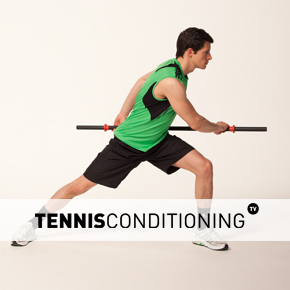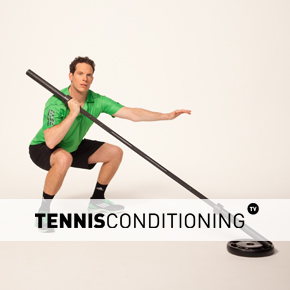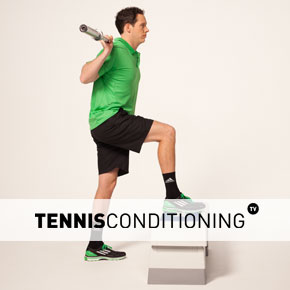The Front Squat to Press is a compound exercise to improve neuromuscular system efficiency and strengthen the hip- and knee extensors.
Since the Front Squat to Press emulates the closed-stance and activates numerous muscle groups simultaneously we can improve energy transfer via the neuromuscular system, body control and coordination.
The Front Squat to Press prepares you for more explosive exercises, such as the Split Jerk, which allows you to maximize your athletic potential.
Therefore, we recommend implementing the Front Squat to Press into later training phases, such as the integrated strength/power phase.
If you want to become proficient in Olympic weight lifting, use the integrated periodization model for programming.
Learn how to calculate appropriate training phase intensities download chapter 6 – Strength & Conditioning: Resistance Training for Athletes.
Front Squat to Press Progression
If you use additional weights…make sure you use appropriate resistance so you can control the action throughout the entire range of motion. Otherwise you defeat the purpose of the exercise.
Very often, people use too much resistance and they become sloppy. Especially when it comes to maintaining core stability repetitively.
Also, don’t just progress with adding more weight. First, maximize the speed while maintaining perfect form.
Front Squat to Press Description

-
- Position barbell chest level on the rack; add resistance (plates) and attach safety clips
- Take an athletic stance; stand straight, feet are shoulder-width apart; knees slightly flexed; toes point slightly outward (10˚-20˚)
- Use a pronated grip (palms facing down) and place hands slightly wider than shoulder-width apart on the bar
- Move elbows underneath the barbell and position barbell on top of the chest and shoulders; shoulders are flexed at 90˚; elbow are flexed and point forward
- First flex hips (~45˚) and then knees until knees are flexed to 90˚ (or as far as possible); maintain neutral pelvic position; keep knees inside shoulders; distribute weight through the heels; maintain neutral spine position (push chest out and scapulae [shoulder blades] together; maintain neutral head position (look forward)
- Extend the knees and hips and use the momentum to extend hips rapidly and drive arms upwards by pushing barbell upwards and extending the elbows; knees must not protrude past toes; look forward
Note: If the athlete has flexibility issues and/ or for teaching purposes, a stance wider than shoulder-width is warranted.
Front Squat to Press Targeted Musculature
- Quadriceps
- Hamstrings
- Glutes
- Trapezius
- Deltoid
- Tricep
Related Strength for Performance Exercises
- 4 Point Prone Physio Ball Contra Lateral Limb Raises
- Bilateral Lunge with Bar Rotations
- Squat to Forward Press
Training Zone
Following we provide you with some exercises you can use to optimize your training.
Learn more about the purpose of weightlifting for tennis players.
Before you use the Front Squat to Press you should have been doing the:
during the preparation- and hypertrophy training phases to become proficient with the exercise and improve strength.
This allows you to progress into more explosive exercises and become a powerful tennis player.
Next we provide you with some more workouts and training tips you may be interested in to optimize your training:







